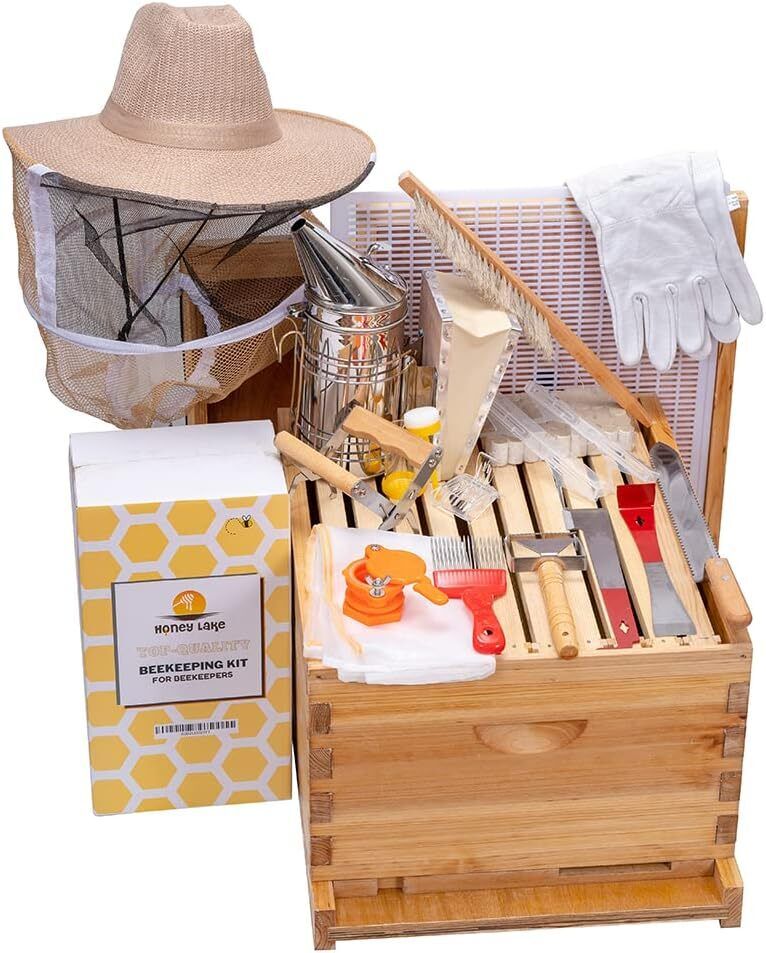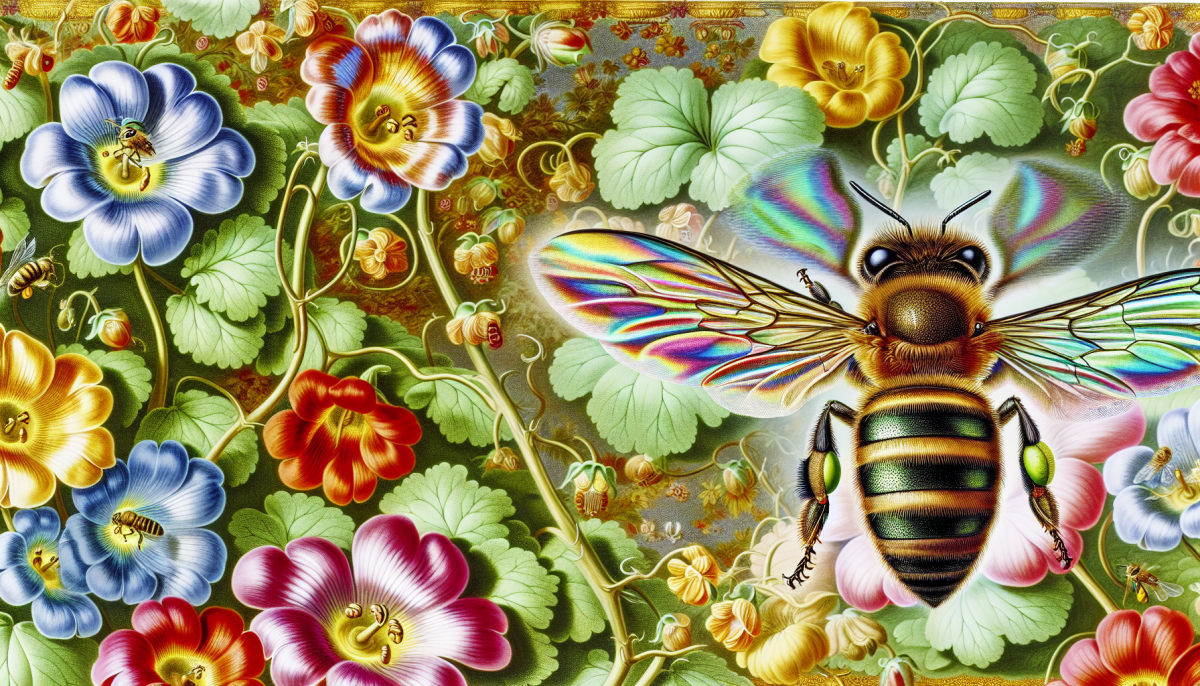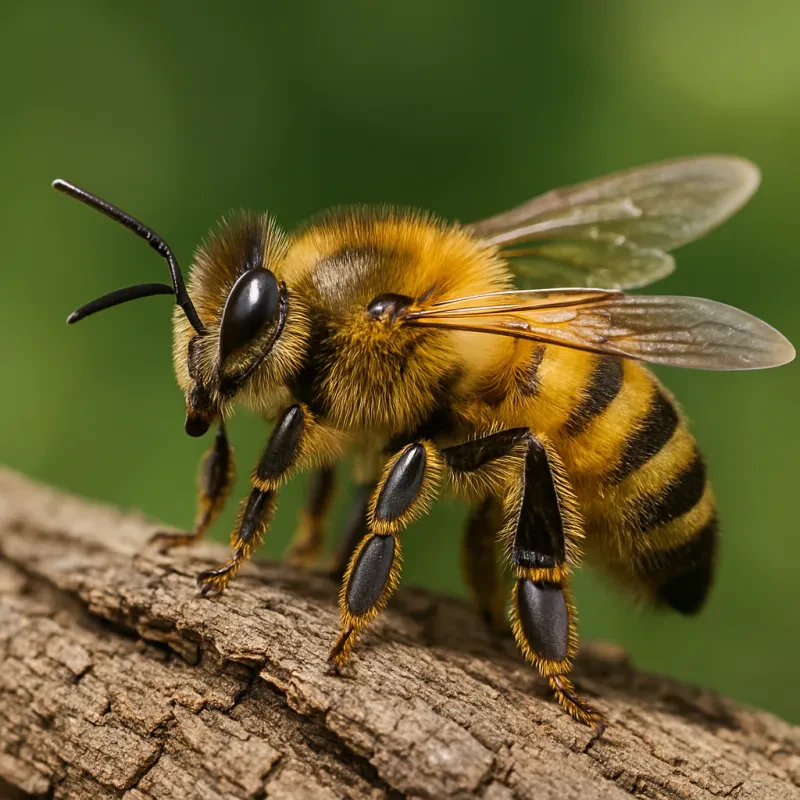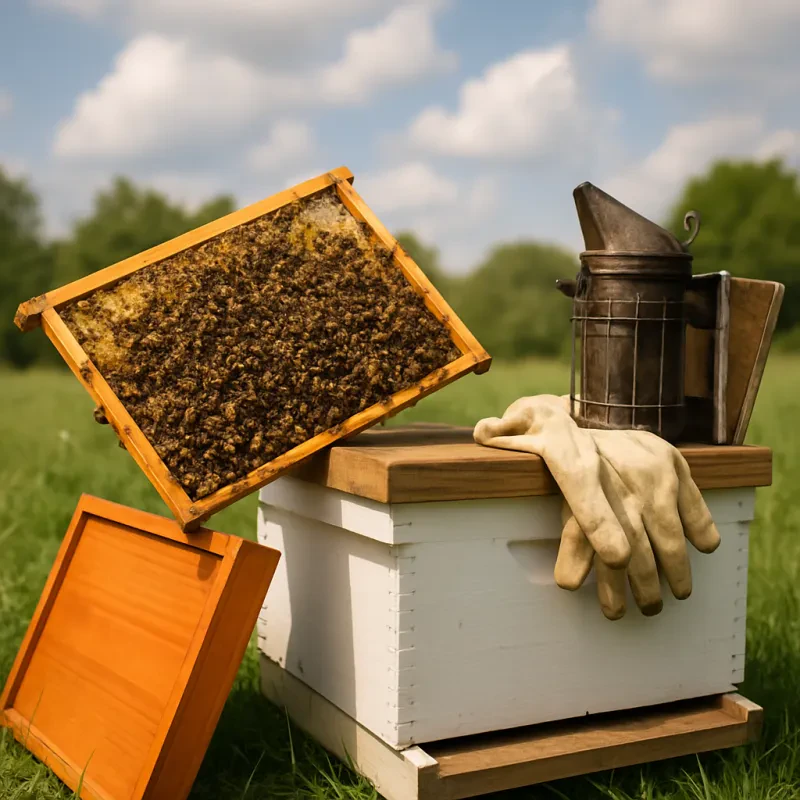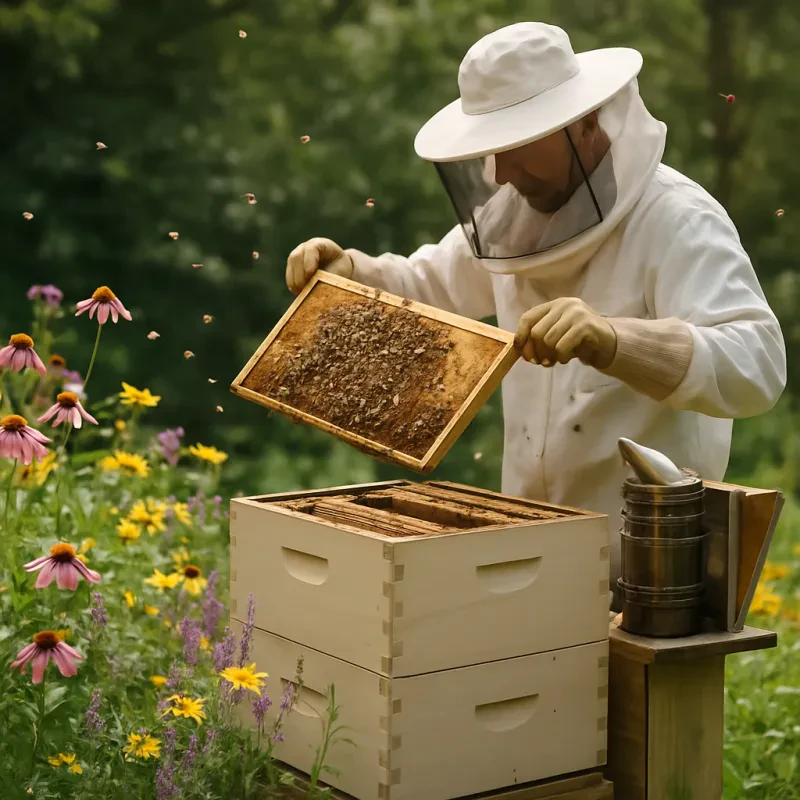Best Honey Bee in the World: Exploring the Varieties
Discovering the best honey bee in the world involves exploring various species that contribute uniquely to our ecosystem and agriculture. Honey bees, known scientifically as Apis mellifera, are vital for pollination and honey production, influencing both natural landscapes and human economies. In this article, we delve into the different varieties of honey bees, comparing their traits, behaviors, and contributions to understand their diversity and significance.
Introduction to Honey Bees
Honey bees are social insects, famous for their ability to produce honey and beeswax, as well as their role in pollinating a vast array of plants. Originating in Asia, these bees are now found worldwide, with numerous subspecies adapted to specific geographical and climatic conditions.
Honey bees play a crucial role in ecosystem health by pollinating plants, which allows for the reproduction of flowers and the production of fruits and seeds. Their cooperative social structure within the hive, led by a queen bee, worker bees, and drones, enables them to efficiently gather nectar and pollen from flowers. The honey bee's intricate dance communication system also helps in directing other worker bees to food sources. With their contribution to agriculture through crop pollination, honey bees are essential for global food security.
There are several different varieties of honey bees with unique characteristics such as behavior, coloration, size, and preferred habitats. Understanding these variations can provide insights into how different populations adapt to their environments and contribute differently to ecosystems around the world. By studying the diversity of honey bee species and subspecies, researchers can gain valuable knowledge that may help in conservation efforts aimed at protecting these important insects.
Through this exploration of various honey bee types and their respective roles in nature and human societies, we aim to highlight the importance of conserving biodiversity within bee populations. By appreciating the nuances of each variety's traits and behaviors, we can cultivate a deeper understanding of their ecological significance and promote sustainable practices that support their well-being.
Types of Honey Bees
Western Honey Bee (Apis mellifera)
The Western honey bee, or the European honey bee, is the most widely known and distributed honey bee globally. It has been domesticated for multiple purposes, including honey production and crop pollination.
Characteristics
- Size and Color: Generally about 15 mm in length, with colors ranging from golden brown to almost black.
- Behavior: Known for its docility and high productivity in terms of honey accumulation.
Subspecies
- Italian Bee (A. m. ligustica): Popular among beekeepers for its gentleness and productivity.
- Carniolan Bee (A. m. carnica): Valued for its tolerance to cold climates and gentle nature.
- Caucasian Bee (A. m. caucasica): Famous for its long tongue that allows it to extract nectar from deep flowers.
Eastern Honey Bee (Apis cerana)
The Eastern honey bee, native to Southeast Asian countries, is smaller and darker than its Western counterpart. This species is known for its adaptability to various habitats and climates in the region. The Eastern honey bee plays a crucial role in pollination and honey production within Southeast Asia, contributing significantly to the local ecosystems. Despite facing threats from habitat loss and pesticide use, efforts are being made to conserve and protect this important pollinator species for future generations.
Characteristics
- Size and Color: Smaller than the Western honey bee, with a more uniform dark brown color.
- Behavior: Exhibits strong resistance to some pests and diseases, notably the Varroa mite.
Giant Honey Bee (Apis dorsata)
Known for their large colonies typically built in open areas, these bees are predominant in the wild forests of Asia. Their colonies can consist of tens of thousands of individuals and are known for their defensive behavior when they perceive a threat. The Giant Honey Bee is an important pollinator for various plant species, playing a crucial role in maintaining biodiversity in the region. Conservation efforts are being made to protect these bees from habitat destruction and other threats, recognizing their significance in the ecosystem.
Characteristics
- Size and Color: Significantly larger than both the Western and Eastern honey bees.
- Behavior: Highly defensive and known for aggressive behavior when disturbed.
Dwarf Honey Bee (Apis florea)
This small species is found in the tropical and subtropical regions of Asia, including India, Thailand, and Iran. These bees play a crucial role in pollination in their respective ecosystems and contribute to the overall biodiversity of the region. Conservation efforts are being made to protect these bees from threats like habitat loss and pesticide use that could endanger their populations.
Characteristics
- Size and Color: Smallest of the known honey bee species, with a lighter coloration.
- Behavior: Known for building single-comb nests in exposed places like tree branches.
Comparing Honey Bee Species
While the Western honey bee might be the most familiar and widely utilized for commercial beekeeping and agriculture, each variety of honey bee has unique characteristics that make it best suited for its specific environment. Understanding these differences is crucial for biodiversity conservation and the sustainable practice of beekeeping.
By preserving the various honey bee species and their natural habitats, we can ensure the continued health of our ecosystems and the productivity of agriculture worldwide.
It is also important to acknowledge the roles that different honey bee species play in pollination and ecosystem services. Some species may be better suited for certain types of crops or environments, which can impact overall crop yields and biodiversity. By recognizing and valuing the diversity within honey bee populations, we can work towards creating more resilient agricultural systems and healthier ecosystems for all. Ultimately, by promoting the conservation of various honey bee species, we are helping to safeguard our food security and protect the natural world that sustains us.
